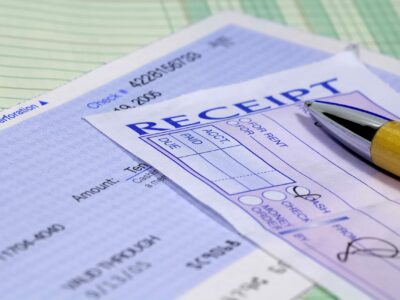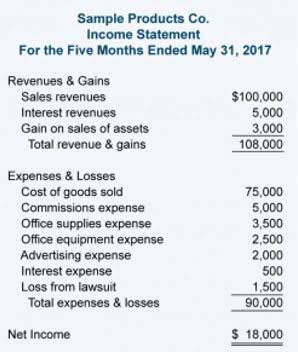Schedule K-1 Definition, Reasons & How to File these Forms?

Active participation is a less stringent requirement than material participation. You may be treated as actively participating if you participated, for example, in making management decisions or arranging for others to provide services (such as repairs) in a significant and bona fide sense. Management decisions that can count as active participation include approving new tenants, deciding rental terms, approving capital or repair expenditures, and other similar k1 meaning decisions.
Real-Life Examples of Schedule K-1
Report the precontribution gain or loss on Form 8949 and/or Schedule D (Form 1040) or Form 4797 in accordance with the information provided by the partnership. If the partnership reports a section 743(b) adjustment to partnership items, report these adjustments as separate items on Form 1040 or 1040-SR in accordance with the reporting instructions for the partnership item being adjusted. A section 743(b) adjustment increases or decreases your share of income, deduction, gain, or loss for a partnership item.
Box 12. Section 179 Deduction
You’ll also need this information to figure your investment interest expense deduction. The partnership will report your share of qualified conservation contributions of property used in agriculture or livestock production. This contribution isn’t included in the amount reported in box 13 using code C. If you’re a farmer or rancher, you qualify for a 100% AGI limitation for this contribution. Otherwise, your deduction for this contribution is subject to a 50% AGI limitation.
Qualified conservation contributions.
Certain entities and partnerships file Schedule K-1 forms with the IRS and issue them forms to partners and shareholders. While individual taxpayers typically don’t file K-1 forms, you can use the information you receive from a K-1 on your personal income tax return. A Schedule K-1 is a tax form that reports income, deductions, dividends and other financial information for partnerships, S corporations and trusts.

- To determine your QBI or your qualified PTP income amounts and for information on where to report them, see the instructions for Form 8995 or 8995-A, as appropriate.
- If a partnership records a loss over the tax year, partners can state the loss on the K-1 and carry the amount forward until a year of profit for a future tax deduction.
- If basis as reported on Part II, line 14, is less than line 15s, column C, enter the pro rata amount on the corresponding line in column D.
- This form provides the IRS with general information about your S corp, such as business activity, name, address, EIN, the date your organization was incorporated, and the value of total assets.
The IRS doesn’t expect you, the taxpayer, to file the actual Schedule K-1 form. However, it does expect that you will include all the financial information on the K-1 that you were issued on your personal income tax return. The entity that issued you your K-1 will file that same form/info with the IRS. The IRS will compare the information on your tax return with the information on the entity’s tax return to be sure that what you’ve reported matches up. All pass-through entities, including partnerships, LLCs, and S Corporations must issue K-1s to individual partners and shareholders.

Self-Employed Tax Calculator

This code is used to report the partner’s share of gain or loss on the sale of the partnership interest subject to taxation at the rate for collectible assets as defined in section 1(h)(5). Information reported for codes AB, AC, and AD may also have been reported to you on Form 8308. In addition, for foreign transferors, the information for code AB must also have been reported to you on Schedule K-3, Part XIII.
- Instead of paying taxes at the corporate level, these entities pass through income, losses, credits, deductions, and other items to their LPs or shareholders.
- Add each line, column A and column B, and enter the amount in the corresponding line of column C.
- Finally, given the complex nature of many business partnerships, individual investors often need to hire an accountant to complete their taxes when they receive a Schedule K-1.
- The IRS says they are due by March 15 (or the 15th day of the third month after the entity’s tax year ends).
Foreign taxes paid or accrued reduce a partner’s basis and are limited to basis. Don’t use this amount to complete your Form 1116, Foreign Tax Credit; or Form 1118, Foreign Tax Credit—Corporations. Use the amounts the partnership provides you to figure the amounts to report on Form 3468, Part II. Interest and additional tax on compensation deferred under a section 409A nonqualified deferred compensation plan that doesn’t meet the requirements of section 409A. See section 409A(a)(1)(B) to figure the interest and additional Bookkeeping for Veterinarians tax on this income.

Box 16. Schedule K-3
Businesses operating on the calendar year must file Form 1065 by the partnership tax fixed assets deadline on March 15 (unless you file for a 6-month extension using Form 7004). March 15 is also the deadline for partnerships to issue individual Schedule K-1s to each partner, which will give individual partners a little under a month to file their personal federal income tax returns on April 15. These deadlines move to the next business day if they fall on a weekend or holiday.